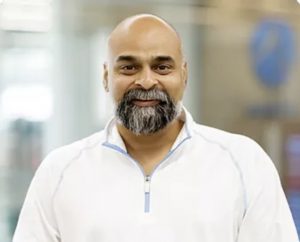Reprogramming endogenous mRNA by Crispr Associated Fragment Trans-splicing (CRAFT)
Nicolas Rey
Mentors: David Fiflis, Aravid Asokan, Ph.D.
Departments of Biomedical Engineering, MGM, Surgery
Gene therapy is a strategy to correct monogenic disorders through the delivery of nucleic acids that encode a healthy copy of the mutant gene. Classically, a working copy of a defunct gene is introduced via viral vector; most commonly an adeno-associated viral capsid with a packaging capacity of 4.8kb. Hundreds of genes have coding regions larger than 4.8kb (Dystrophin ~11kb) and therefore cannot be delivered by this classical approach. Novel CRISPR Associated Fragment Trans-splicing (CRAFT) technology provides a new gene therapy strategy by efficient editing of RNA via trans-splicing with the help of Cas-13. By manipulating the splicing pathway and inducing trans-splicing, CRAFT is able to replace a full-length protein sequence without having to deliver the entire sequence. Currently, we are targeting Duchenne Muscular Dystrophy (DMD) and Myotonic Dystrophy (DM1) but aim to broaden CRAFT’s application. We are rationally engineering CRAFT to increase trans-splicing efficiency while also scaling up in-vitro testing by moving to patient-derived cardiomyocytes. Our many engineered versions of CRAFT are delivered into cells whose edited RNA can be extracted, reverse-transcribed into cDNA, PCR amplified, and sequenced. Our initial design screen shows strong candidates to move CRAFT forward by transducing it into patient-derived cardiomyocytes and eventually in-vivo.


